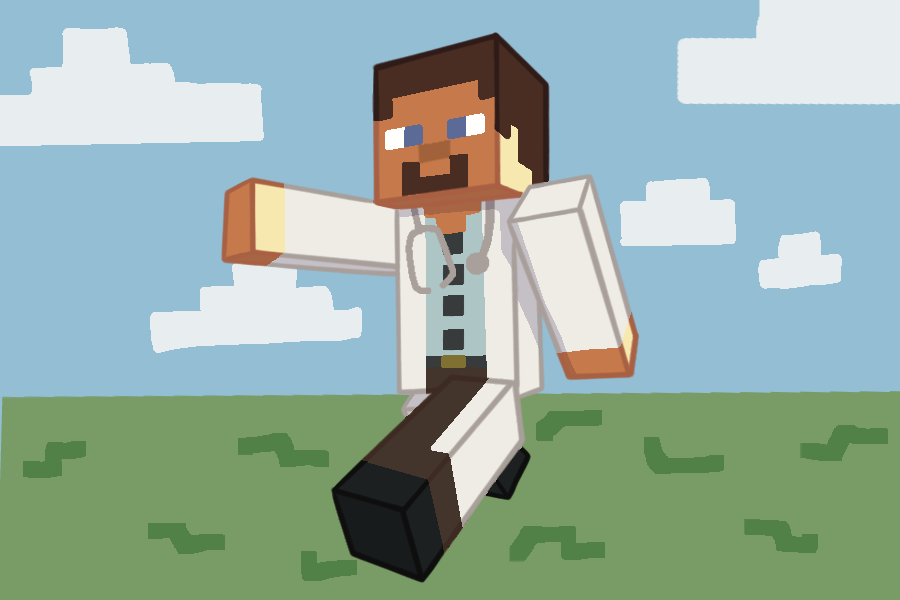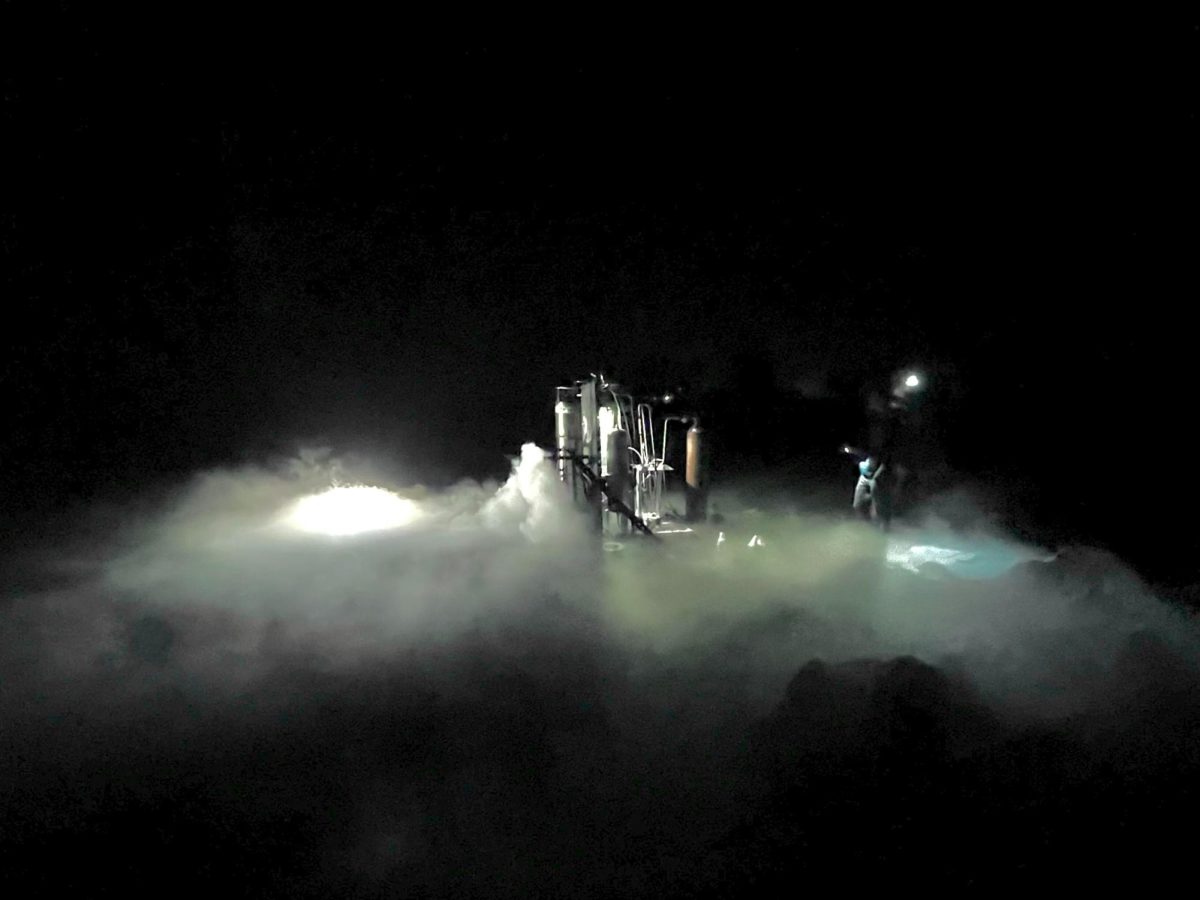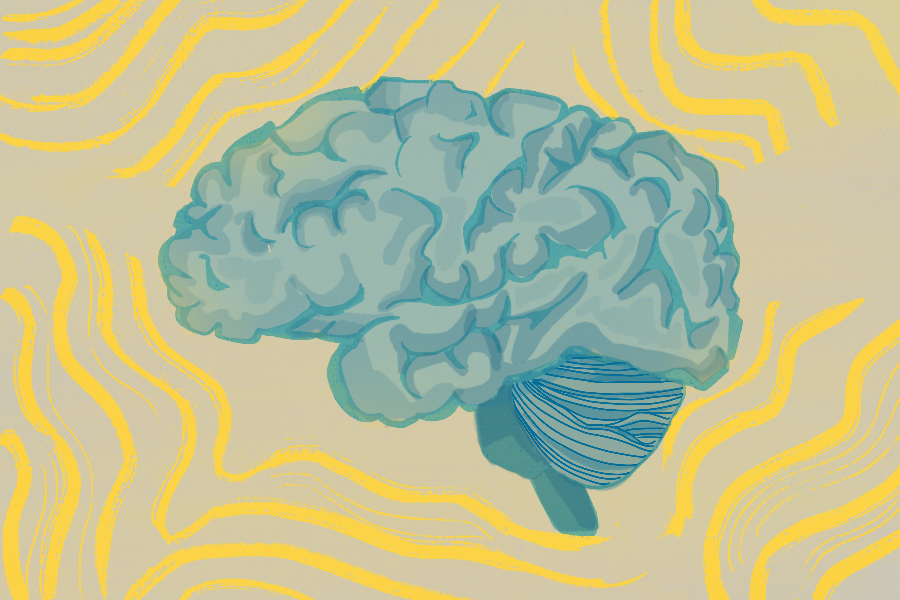Sometimes, to make a big change, you have to start small — really small.
Last month, the National Science Foundation announced $120 million into funding four new Science and Technology Centers across the country. Thirty million of these dollars were granted to a new center housed at the University of Illinois.
The new Science and Technology Center for Quantitative Cell Biology will be headed by Martin Gruebele and Zaida Luthey-Schulten, professors in LAS. The center’s primary goal is to create detailed 4D — 3D plus time — maps of entire cells and, potentially, systems.
To accomplish this goal, the two professors have assembled an all-star team of scientists representing institutions ranging from Stockholm University to Harvard Medical School.
“The really big difference between an NSF center like this and people just doing research is every one of these people has published dozens to hundreds of papers,” Gruebele said.
Get The Daily Illini in your inbox!
The center’s $30 million is for the first five years of the center, but can be extended to a total of $60 million over the next 10 years.
The project’s first goal will focus on modeling a bacteria cell. The smallest type of cell still contains over two billion atoms and Gruebele and Luthey-Schulten want to simulate every single one, but not just to create a snapshot.
“We want to do it in x, y, z and time,” Luthey-Schulten said.
This new 4D map will help see every component of the cell, but also all of its processes.
“One of the ways you could think of this center is that it really tries to finally connect chemistry with biology in the sense that every biological thing in a cell is chemically represented,” Gruebele said.
The project’s main five-year plan will try to model a yeast cell, the simplest eukaryotic cell.
Eukaryotic cells provide a much more complicated environment than bacteria, with more organelles and processes. Still, Gruebele and Luthey-Schulten are confident they will hit the five-year period.
“A lot of the pieces people have already developed atomistic models or quite sophisticated models,” Gruebele said. “It’s just what’s missing is nobody has stuck all of these things together.”
The center’s 10-year goal would be to scale the modeling to a human cell. Not accounting for the complexity of a human cell, the sheer size of one will make the endeavor challenging.
“It’s two or three microns versus 30 microns in diameter, so a factor of 10 in length, but that translates into a factor of 1,000 in volume,” Gruebele said.
Much of the center’s computational goals must also be backed up by experimental information. An important component in gathering that information is through a super microscope called MINFLUX.
Located in the basement of the Carl R. Woese Institute for Genomic Biology, the device is closer to a modern telescope than a typical microscope and costs around $2 million dollars.
The center hopes their cell modeling will not only progress scientific information but also have real-world applications.
“One of the ideas is we can use this kind of cell tool as a discovery tool,” Gruebele said.
A primary example of this is the cell model’s potential effectiveness in the medical world. According to Gruebele, it is often hard to understand what is causing side effects with new drugs, but new cell models could change that.
“This is a way to actually see how does a cell actually change when you put a drug in it,” Gruebele said.
While being a hub of scientific development, the center will also focus on education. To create interest among the younger demographic, Gruebele and Luthey-Schulten adopted a popular video game.
“NSF always wants to have outreach to the scientific community and to the general public, and that’s when we thought, ‘Huh, Minecraft,’” Luthey-Schulten said.
The popular game will be able to scale to its participants’ skills, anywhere from simple identification projects to coding within the game.
“By having people play these games, we can actually learn some real science,” Gruebele said.
Gruebele and Luthey-Schulten said positions would become more available at the center starting this summer. To keep up with the project, go to the NSF Science and Technology Center for Quantitative Cell Biology’s website.














